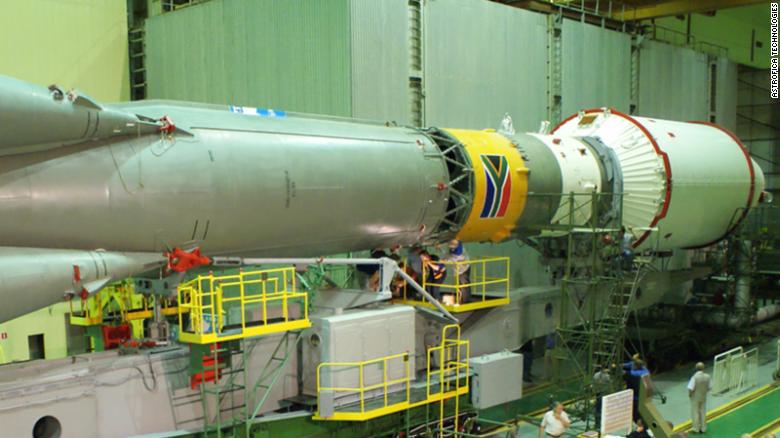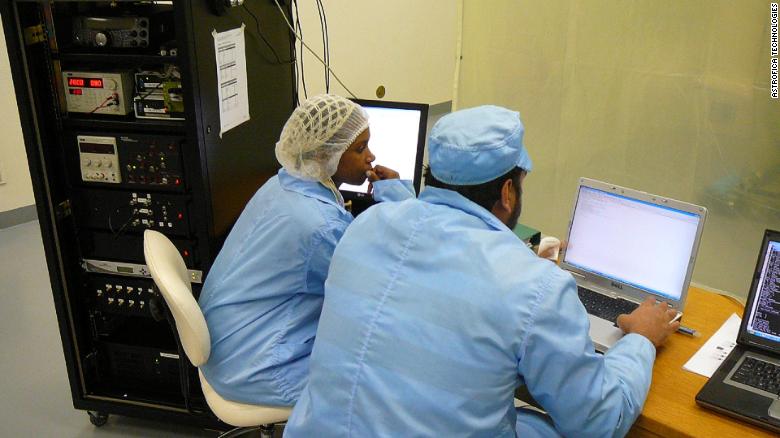Why Africa is sending more satellites into space

The African space business is slow to start up but will start in the years ahead. Since the continent’s first satellites launch more than 20 years ago, according to consultancy Space in Africa. Thirteen African countries deployed to orbit 44 spacecraft. 23 countries are developing an additional 125. The research anticipates that all of them will start by 2025.
The payoff might be significant. According to research published by the World Economic Forum in 2021, data obtained from space might provide Africa $2 billion per year in benefits.
According to the paper, satellites could help farmers by analyzing crop health, improving water management through drought monitoring, and tracking tree cover for more sustainable forest management. More communication satellites could help people connect to the internet on a continent where less than a third of the population has access to broadband.
Talking to the challenges of Africa
Astrofica, a South African firm that provides space consultation services, launched four years ago. It backed the Cape Peninsula University of Technology’s CubeSat program, which launched a constellation of maritime satellites for tracking ships off the coast of Southern Africa.
The purpose of Astrofica, according to co-founder and CTO Khalid Manjoo, is to employ the space sector to address Africa’s concerns, which range from agricultural security to national security.
According to Manjoo, the company plans to deploy its first constellation of satellites by the end of 2022, “which will give decision-makers with essential data sets [in] near real-time.” He believes that the data will be used to track fertilizer use, assess crop yields, and assist governments with water management.

“The satellites we put into orbit are cool, but they aren’t the end purpose for Astrofica,” he explains “The purpose of Astrofica is to deal with the problems we want to tackle.” “They cannot address only terrestrial systems; these key spatial insights are necessary.” they require these crucial space-based insights.”
African countries, according to Manjoo, are spending too much money on agricultural data from international sources, which is not timely enough – despite the fact that the company encourages collaboration with international partners.
Rideshares, according to Manjoo, has made traveling to space cheaper and more accessible by allowing satellite producers to buy a spot on someone else’s rocket. Astrofica intends to launch its first satellite from India using a SpaceX rocket, a Russian Soyuz rocket, or a Polar Satellite Launch Vehicle.
Constellations are in progress
According to Space in Africa, the continent’s space and satellite business presently employs over 283 enterprises, generating more than $7.3 billion in revenue in 2019 and forecasting more than $10 billion by 2024.
Dragonfly Aerospace, a South African business that makes imaging systems for satellites, is currently planning on launching its own constellation.
“There’s a lot of possibility in the new space industry because there’s a lot of growth,” says Dragonfly Aerospace CEO Bryan Dean. ‘Now more satellites can be launched at the same price as previously, and the satellite orbital system is much more powerful than one satellite as they work together and aggregate information.’
In April, space contractor Max Polyakov bought dragonfly Aerospace. And Dean says the company is nearing completion on a 3,000 square meter satellite manufacturing facility in Stellenbosch, South Africa, with the capacity to build up to 48 satellites per year as part of its expansion plans.

One barrier in the construction of satellites, according to Dean, is the ability to assess how they will function in space’s high temperatures. “This used to be managed by rented government buildings,” he explains. “However, more organizations are investing in in-house infrastructure as commercial activities are more widespread.”
The business plans to launch its first satellite from the United States in June of next year.
Getting past barriers
According to Minoo Rathnasabapathy, a South African-born space research engineer at MIT, the continent’s space sector still faces problems, the most significant of which is a lack of resources.
“When you compare the United States to Europe, it’s genuinely apples and oranges,” she claims. “We see much more of the private and private sector in the United States, and NASA and ESA may tap into it. However, in Africa, we are simply not there yet, which is acceptable given the countries’ other priorities.”
Another challenge, according to Manjoo of Astrofica, is shifting perceptions.

“Throughout the continent, there is still a myopic mentality that the expenditures you need to justify in space are too high risk”. And that money would be better spent on real concerns like education, poverty, and infrastructure upliftment, which decision-makers can see,” he says.
Manjoo reports that the government bureaucracy maintains the African space industry and the promotion of local companies requires investment.
“Those are enormous sums of money,” he says. “However, countries are gradually realizing that today’s investment in space is truly for your country’s and region’s long-term sustainability and development.”